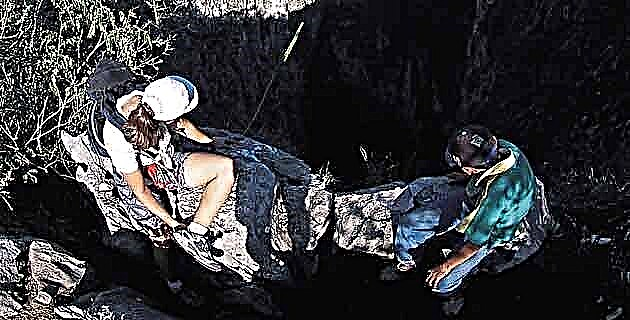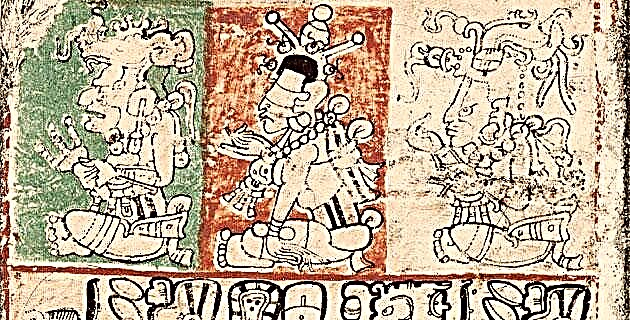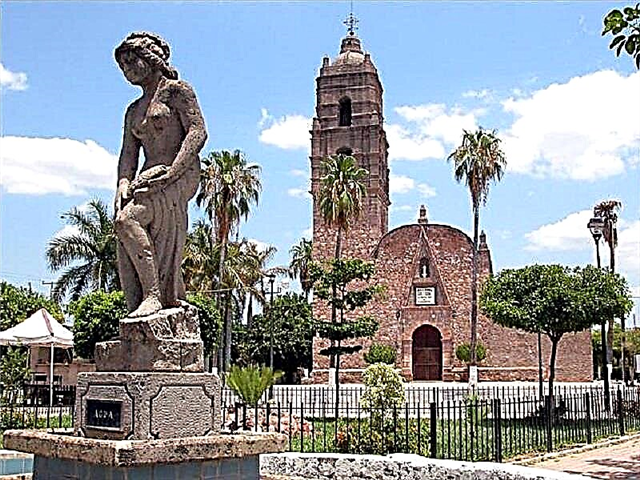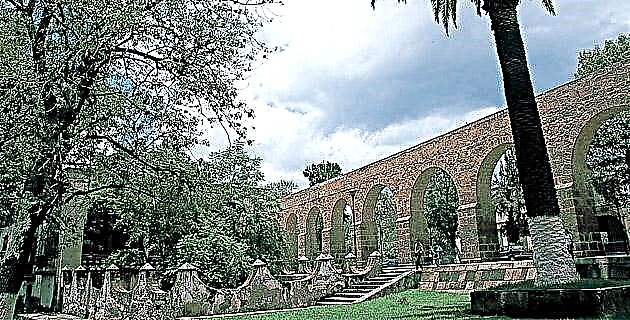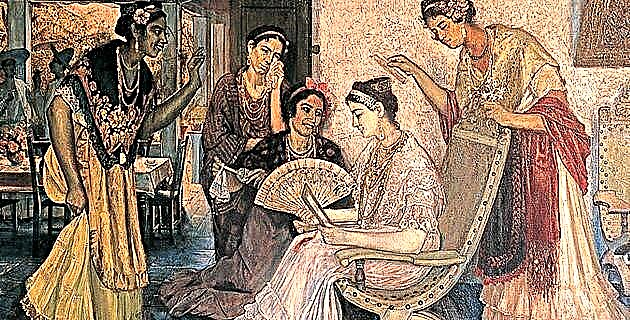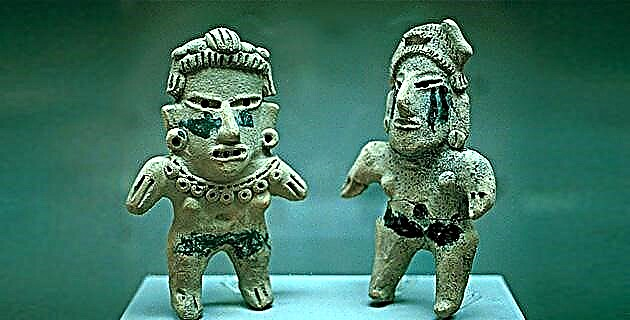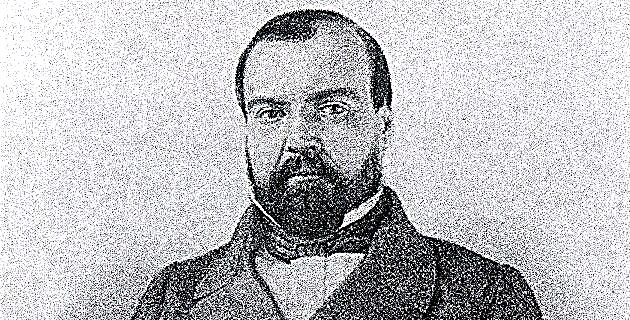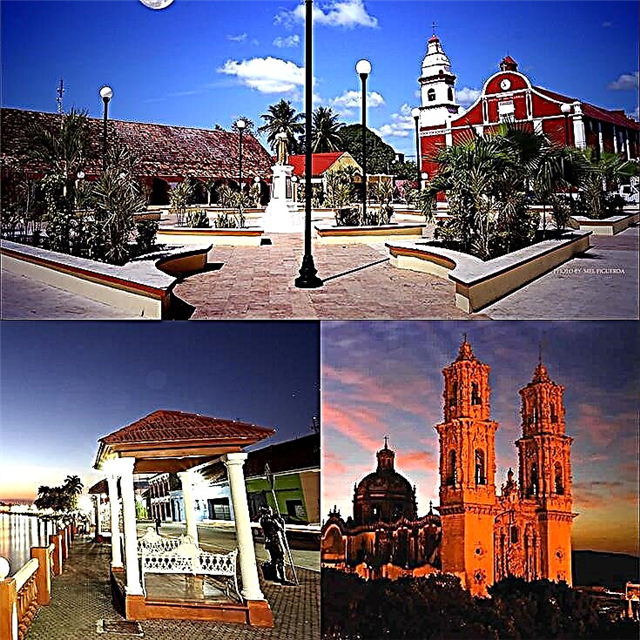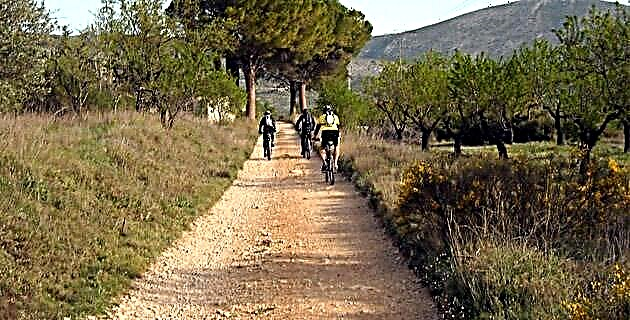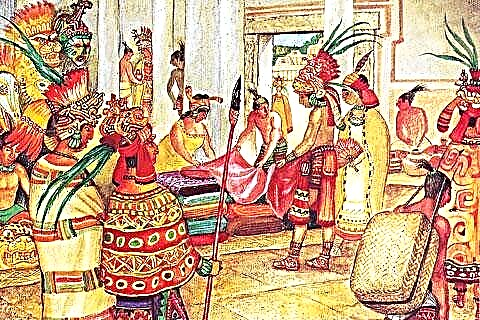
Ancient inhabitants of the southeastern region of the country, the Mayans developed a lifestyle that took advantage of the jungle, the mountains or the shores of the sea. Come and discover its fascinating everyday universe!
Aware that the gods had decided his fate, as indicated by his horoscope, Black Rabbit stepped out of the youth school to marry the macaw maiden. He had entered that room after his puberty rite, performed when he was thirteen years old, on which occasion the priest, blessing him with a swab of snake bells, had removed the small white stone that had been stuck to his crown since he was thirteen. , and had told him that from now on he could be part of the adult world, take on responsibilities and pay worship to the gods.
His parents would go to ask the bride, bringing gifts for her parents, and after several visits in which the latter would deny the delivery of the girl, they would finally accept the marriage and both young people would go to live in the paternal house of Black Rabbit. He would take care of the milpa, where he would plant corn, beans, squash and chili; she would hunt wild animals and participate in collective rites, while she, in addition to raising and educating children, would take care of domestic animals, such as turkeys and dogs, would cultivate the family garden and weave the dresses, recreating in them the symbols of the gods and the universe, as well as the image of the plants and animals that identified their group. Some young people of the age of Black Rabbit would be priests, like their parents, so in special groups they had been taught to read and write, they had been forced to learn the sacred stories of the origin and to know the calendars and the movements of the stars, and they had been trained in the complex rituals that the community performed daily. Still others had begun their training as potters, architects, painters and sculptors, trades that they would complete alongside their parents.
The daily activities in the life of the pre-Hispanic Mayans they were the search and cultivation of products for food, clothing, housing and barter; the manufacture of weapons, instruments, nets, ceramics and other handicrafts; caring for the family, participation in community life, and rites in honor of the different sacred beings on whom existence depended.

The plant and animal world represented an important source of food and healing products; hunting and fishing, as well as the gathering of plants and fruits, always coexisted with the farming. The close harmony with nature, residence of the sacred beings, made necessary an act of offering and requesting permission to the "Lords of the animals", such as Zip and Ixtab, protectors of deer, and others of expiation for blood poured out and grateful for the food the animals provided, for their skin to protect themselves and for their bones to carve instruments.
The corn It was the cultural and economic axis of the Mundo Maya. Through their domestication, the Mayans were able to create a sedentary society, develop their spiritual activities and cultivate the arts. As the main source of food, it was considered as the sacred substance with which man was formed, as a being aware of himself and of the gods, whom he would worship. In addition, the four kinds of corn: yellow, white, red and black, determined the colors of the cosmic directions, which shows the sacredness of the plant.
In the big cities, the houses-rooms occupied different sectors. In the main one were the so-called "palaces", where the ruling lineages resided. There were also domestic units where several families lived together, especially in the upper social strata, and others for a single family, generally on the outskirts of the city. The houses, with their different areas, were surrounded by fences in many of the Mayan cities.
The Commerce Among the Mayan groups and other Mesoamerican peoples, based on barter and the use of certain products as currency (cocoa beans, small copper axes and precious bird feathers such as the quetzal) was another important daily activity that gained a great boom in the Postclassic period.

